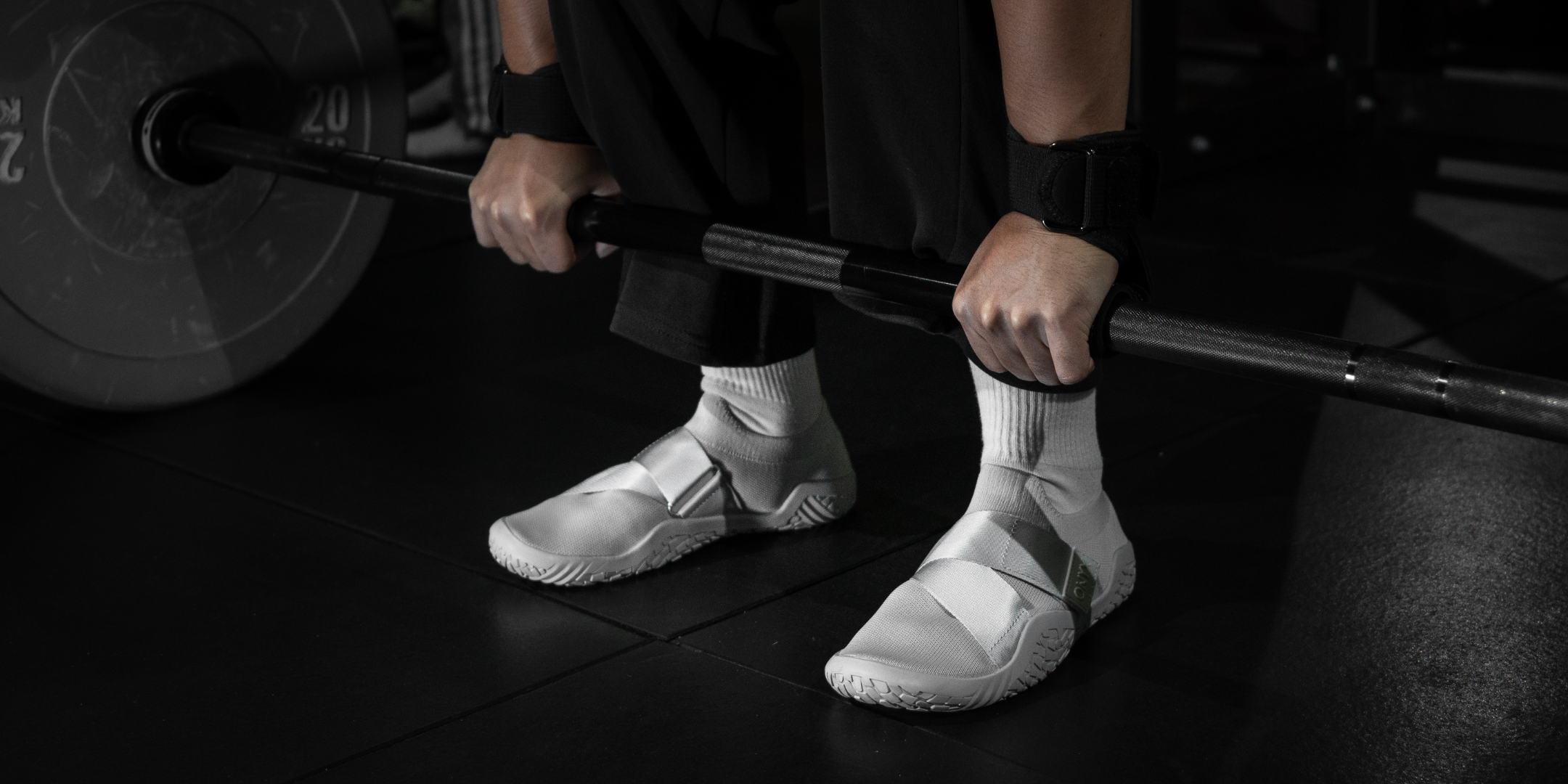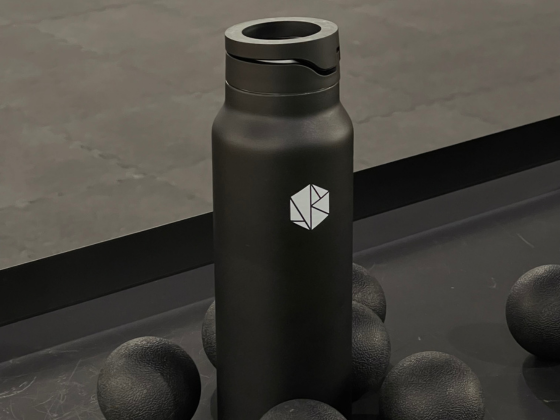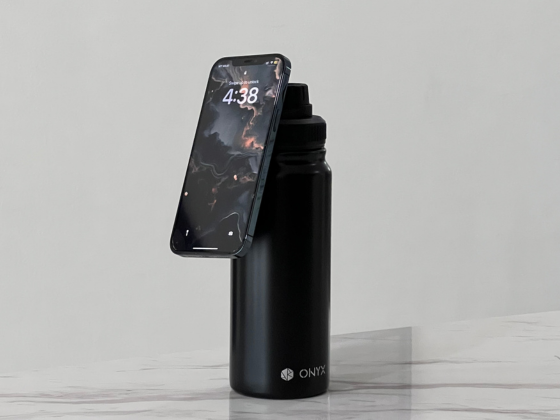The topic of exercising during menstruation has long been debated, with various opinions and myths circulating. Some believe that working out during this time is beneficial, while others worry about potential discomfort and health risks.
1. Debunking the Myths:
Myth 1: Exercising is Harmful: Contrary to popular belief, moderate exercise can actually be beneficial during menstruation. It may help alleviate cramps, improve mood, and boost energy levels.
Myth 2: You Should Avoid Intense Workouts: While high-intensity workouts might not be suitable for everyone, engaging in moderate exercises like walking, yoga, or light strength training can be both safe and effective.
Myth 3: It Will Make You Feel Worse: In reality, endorphins released during exercise can improve your mood and provide relief from menstrual discomfort.
2. Listen to Your Body:
Understanding Your Cycle: Menstrual symptoms vary from person to person. Some may experience fatigue and discomfort, while others feel energized. Pay attention to how your body reacts during different phases of your cycle.
Adjusting Intensity: It's essential to adapt your workout intensity based on how you're feeling. Opt for gentler exercises if you're experiencing more significant discomfort.

3. Benefits of Exercising During Menstruation:
Pain Relief: Engaging in low-impact exercises like walking or swimming can help reduce menstrual cramps and back pain.
Mood Enhancement: Exercise triggers the release of endorphins, which can alleviate mood swings and reduce stress.
Boosted Energy Levels: Regular physical activity can counteract fatigue and provide an energy boost.
4. Considerations and Tips:
Stay Hydrated: Proper hydration is crucial, especially during menstruation. Drink plenty of water to stay refreshed. Tips: Use ONYX Bottle for an even better experience!
Wear Comfortable Gear: Opt for comfortable workout clothing that doesn't add to any discomfort.
5. When to Skip Exercise:
Severe Discomfort: If your menstrual symptoms are severe, it's okay to take a break from your usual workout routine. Rest and self-care are essential.
Medical Conditions: If you have medical conditions that worsen during menstruation, consult a healthcare professional before engaging in physical activity.
Conclusion:
Deciding whether to work out during your menstrual cycle ultimately depends on your individual comfort and preferences. It's important to debunk myths, listen to your body, and adjust your workout routine accordingly. Remember that exercise can provide benefits like pain relief, mood enhancement, and improved energy levels. With the right approach, you can find a balance that supports your well-being throughout your menstrual cycle.








